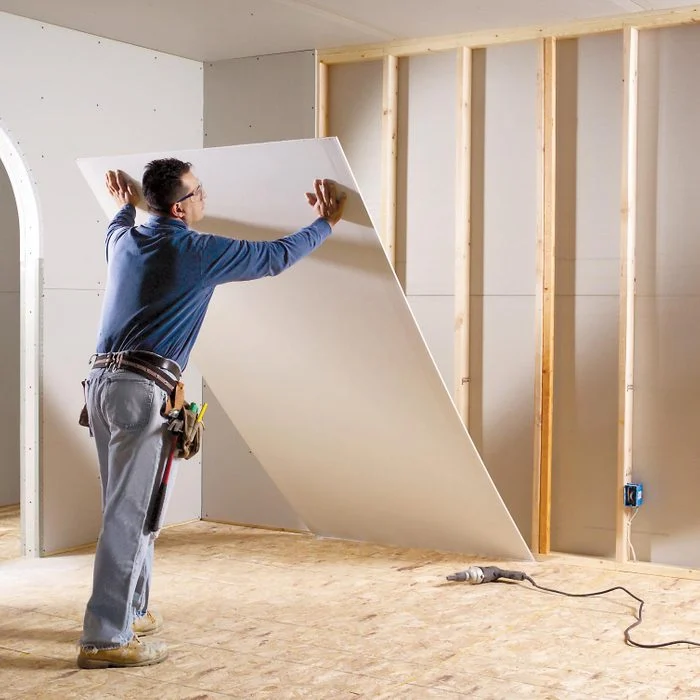What is behind drywall?


When it comes to mounting items on drywall, understanding what lies behind this seemingly simple wall surface is crucial for ensuring a secure and safe installation. In most homes across the United States and Canada, drywall serves as the primary wall material, but what’s hidden behind it can significantly affect how and where you mount fixtures.
Drywall, also known as gypsum board or wallboard, is a construction material used to create interior walls and ceilings. It consists of a gypsum core sandwiched between two layers of heavy paper. The standard size of drywall sheets is 4 feet by 8 feet, though other sizes are available. The thickness of drywall usually ranges from 1/4 inch to 1/2 inch for interior walls and up to 5/8 inch for ceilings or fire-rated applications.
Behind the drywall, several elements come into play, each serving different structural and functional purposes:
Studs:
Insulation:
Wiring:
Plumbing:
Vents:
Use a Stud Finder: Invest in a quality stud finder to locate studs easily. This tool can also help identify live electrical wires and piping.
Check the Weight Capacity: Know the weight limits of your chosen mounting hardware, especially if you’re installing heavy items.
Use Proper Fasteners: When mounting on drywall without hitting a stud, use appropriate anchors designed for the weight of the object being mounted.
Avoid Cutting into Walls: If you must cut into drywall for any reason (to install electrical outlets, for example), be sure to use a drywall saw and take great care to avoid damaging anything behind the wall.
Consult Professionals if Needed: If you’re unsure about what’s behind your drywall or how to proceed, consult a contractor or handyman for advice.
Understanding what lies behind drywall is essential for successful mounting projects. By familiarizing yourself with studs, insulation, wiring, plumbing, and other components, you can ensure a safe and secure installation that stands the test of time. So the next time you’re ready to hang that TV or mount shelves, you’ll have the knowledge needed to do it right!
Hanging a TV on steel studs requires careful planning, precise execution, and the right tools and techniques. By following the steps outlined in this guide and implementing the tips and tricks provided, you can achieve a secure and visually appealing TV mounting solution that enhances your home entertainment setup for years to come
Struggling to mount your TV on drywall? Discover how Elephant Anchors can simplify the process! In our latest video, we’ll guide you through the easy installation of your TV using these innovative anchors. Designed to hold up to 200 lbs, they work perfectly even when studs aren't available, making them ideal for drywall and other hollow materials. Say goodbye to complicated setups and hello to fast, secure mounting in just a few simple steps!
Wall anchors are essential for securing items to walls, but most are not reusable. Once installed, anchors like plastic, toggle bolts, and molly bolts often lose their grip or become damaged upon removal, making them unsuitable for reinsertion. However, certain heavy-duty anchors, like Elephant Anchors, can sometimes be reused with careful handling. To ensure a secure installation, it’s important to assess the condition of the anchor and the wall after removal. When in doubt, replacing the anchor is the safest option for mounting heavy items securely.